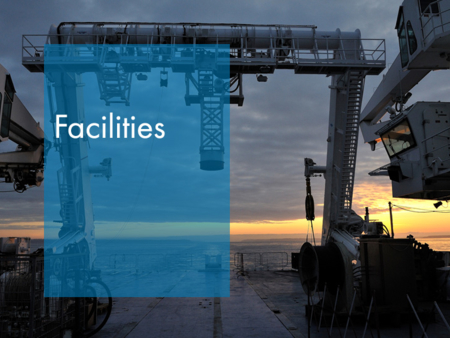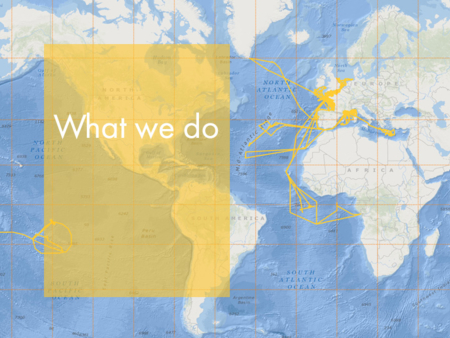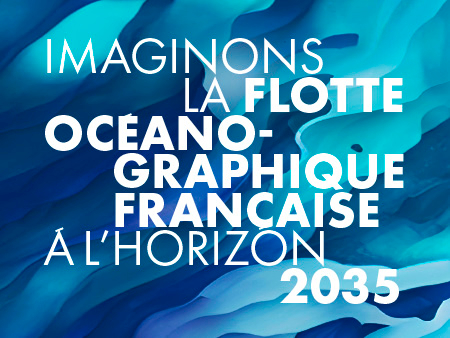1.4. Report on publications
1.4.1. Introduction
It is clearly a challenge to produce a consolidated report on scientific publications regarding use of the FOF. The use of modern bibliographic search tools and the side-by-side existence of several databases nevertheless allows us to envisage it on sufficiently solid bases for publications directly linked to the original scientific project of oceanographic campaigns. This work was performed by La Pérouse Library and the INIST working with the IRD for open-sea and coastal fleets. Complete dossiers are provided in Appendix 6. However, the report on scientific production linked to the FOF resulting from this work is clearly non-exhaustive for several reasons. One key aspect of underestimating FOF production lies in the quasi-impossibility of considering the component of this production that originates from the “varying” use of station vessels (see above). However, rationalisation has been on-going since early 2017 and will make it possible to produce a consolidated report by the end of 2017. Another element relates to marking the data in the international databases. If the name (or the doi) of the campaign is not explicitly mentioned in the publications, it is impossible to associate the publication with the campaign. In certain cases, the data is even used to provide a more evolved product. When this product is used, it is the product reference that is quoted, and no reference is made to the original data. For all these reasons, it should therefore be emphasised that the following elements clearly underestimate the level of scientific production linked to the FOF.
Scientific production resulting from use of the FOF covers many different areas and it is easier to count some elements depending on their type. Consequently, in what follows, we are not limited to only counting A-range articles that are the easiest elements to trace from using keywords.
One last point to consider lies in the time delay between the year that an oceanographic campaign took place and the appearance of its associated scientific publications. In the case of ocean-going vessels, this offset shows a peak between 5 and 9 years but can occasionally take as long as 30 years (Figure 13). Although less pronounced, this phenomenon also exists for in-shore vessels. In all cases, this leads us to: (1) not matching reporting periods for number of days per ship and scientific production, and (2) establishing this latter reporting over a long period (i.e., 2000-2014).
1.4.2. Quantitative and qualitative changes
In total, over 5000 A-range publications were counted over a period of 15 years. A little over three quarters (i.e. 78%) originate from the use of ocean-going vessels and a little under one quarter (i.e. 22%) from coastal vessels (Figure 14). As an annual average, there are 260 and 74 A-range publications that come from using ocean-going and in-shore vessels respectively. These numbers both show a strong upward trend between 2000 and the 2010s (factors close to 7). This quantitative increase is accompanied by a qualitative improvement: this is illustrated by average factors from the journals publishing works resulting from use of the FOF which, over the same time, doubled for in-shore vessels and increased very significantly (i.e. from 2.92 to 3.77) for ocean-going vessels (Figure 15). Our analysis of this increase is that it is probably the result of a conjunction of factors. On the one hand, setting up the assessment process for best use of campaigns, giving a list of publications that have come from them and on the other hand, progress made with tools leads to more automated, and therefore more complete, monitoring of this development.
Furthermore, campaigns have tended to become more multidisciplinary. Particularly in the open-sea area, there are less campaigns, but they are more significant, longer and bring together more teams, thereby generating a larger number of publications.
In any case, these figures reflect the scientific excellence of the TGIR FOF.
1.4.3. Structuring role
The structuring role played by the FOF in national and international terms is very important, as proven by the numbers of A-range publications co-authored by members of French laboratories and/or by foreign scientists. This structuring effect is naturally clearer for ocean-going vessels because of their larger capacity and the eco/geosystems to which they provide access. Over the 2000-2014 period, co-authoring works originating from use of ocean-going vessels involved more than 65 laboratories and 22 research organisations and universities (Figure 16). During this same period, scientists from around twenty different countries have co-authored more than 50 publications originating from the use of ocean-going vessels (Figure 17). The most numerous collaborations were registered in the United States (829 publications), the United Kingdom (618 publications) and then Germany (549 publications). These figures are a good representation of the FOF’s contribution to France’s positioning in the international panorama of oceanographic research. Figure 18 shows that the number of foreign partnerships outside the EU is equivalent to the same figure inside the EU and that these proportions have been constant over the last 15 years.




